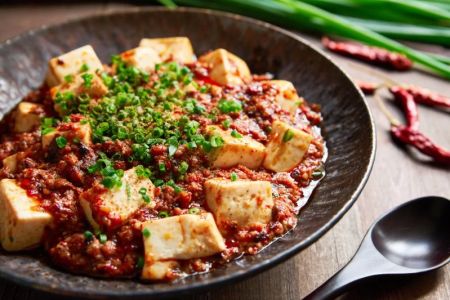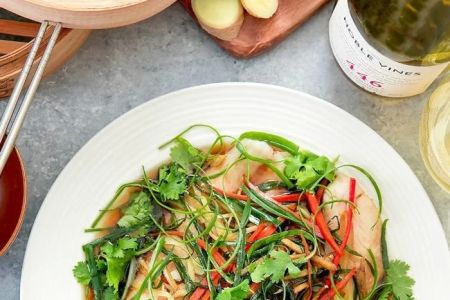- 1 - Cantonese Seafood Tradition and Philosophy
- 2 - Signature Cooking Methods for Seafood
- 3 - Popular Seafood Dishes in Cantonese Cuisine
- 4 - Regional Influences and Freshness
- 5 - Stories and Modern Interpretations
- 6 - Bringing the Flavors to Your Table
1. Cantonese Seafood Tradition and Philosophy
Cantonese cuisine is renowned for its delicate handling of ingredients, and nowhere is this more evident than in seafood dishes. The philosophy centers on respecting the natural flavors of the ocean, with minimal seasoning to let freshness shine. In coastal Guangdong, fishermen often prepare seafood right after the catch, reinforcing the belief that freshness is the soul of flavor. This approach has made Cantonese seafood internationally admired for its purity and refinement.
2. Signature Cooking Methods for Seafood
Unlike other Chinese culinary traditions that may rely on heavy spices, Cantonese chefs employ light techniques that highlight the true taste of the ocean. Steaming is one of the most iconic methods, often paired with a touch of soy sauce and ginger to enhance but not overwhelm. Stir-frying with garlic, poaching in broth, and flash-frying are also common, each method chosen carefully based on the type of seafood. For example, grouper is usually steamed whole, while mantis shrimp may be lightly fried to preserve texture.
3. Popular Seafood Dishes in Cantonese Cuisine
Several dishes have become staples both in Guangdong and abroad. Steamed fish with soy sauce is celebrated for its clean taste and presentation. Typhoon Shelter Crab, a dish originally created by fishermen in Hong Kong, is now a favorite in upscale restaurants for its bold garlic and chili flavors. Another signature is abalone braised with oyster sauce, a luxurious delicacy often served during banquets. These dishes embody the artistry of Cantonese cuisine, blending simplicity with sophistication.
4. Regional Influences and Freshness
Seafood culture in Guangdong reflects its geography. The Pearl River Delta provides freshwater fish and prawns, while the South China Sea supplies crabs, clams, and lobsters. Each region has its unique specialties—Zhuhai is known for oysters, while Shantou highlights braised cuttlefish. Stories from local markets illustrate how seriously Cantonese people value freshness: many diners insist on choosing live seafood from tanks before a meal, ensuring the highest quality possible.
5. Stories and Modern Interpretations
Modern chefs are reinterpreting Cantonese seafood while staying true to tradition. A well-known Hong Kong restaurant gained attention online for introducing sashimi-style abalone, blending Japanese technique with Cantonese sensibility. Viral social media clips also show street vendors steaming clams with vermicelli right at the stalls, attracting young food lovers seeking both authenticity and novelty. Such examples highlight how Cantonese seafood continues to evolve while maintaining its cultural roots. For those inspired to recreate these flavors at home, Chinese Food offers carefully selected ingredients and products to bring authenticity to your table.
6. Bringing the Flavors to Your Table
To capture the essence of Cantonese seafood in your own kitchen, focus on three principles: freshness, timing, and balance. Always source the freshest seafood available, cook it gently to retain its natural sweetness, and balance flavors with light seasonings. Even a simple dish like steamed shrimp can become a gourmet experience when approached with this philosophy. By practicing these methods, home cooks can better appreciate the delicate artistry behind Cantonese cuisine and feel a deeper connection to Guangdong’s rich seafood culture.







